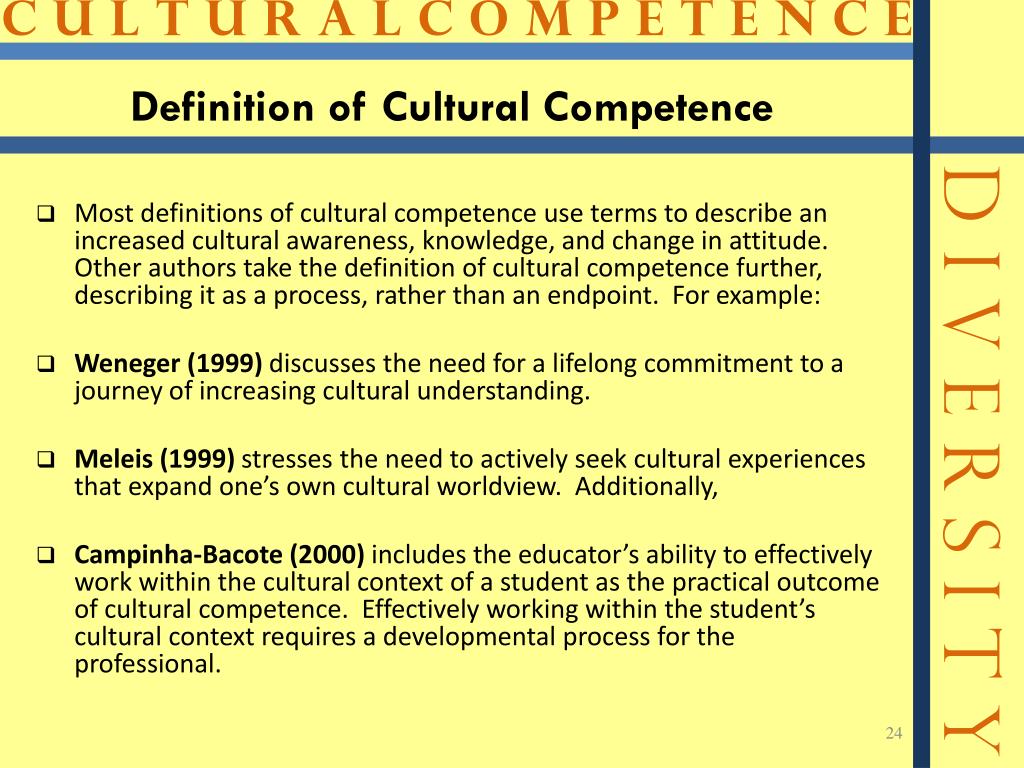

The DSM-5 Outline for Cultural Formulation was developed as a method of assessing the cultural factors affecting the clinical encounter. This heavily influenced both my undergrad research as well as my graduate thesis, and it is very interesting and vital in order to more clearly understand and appreciate others.What is culturally informed psychiatry? What does it mean, and why is it important? These questions are discussed with a focus on the cultural aspects of the clinical encounter. I hope people watching the other playlists on language that argue against this will read this article and research it themselves. As well, the exception does not wipe out the rule. Sure, you can find studies indicating the opposite and copy and paste those to fulfill a self-confirming bias, but understanding how language creates our thoughts is very important in cultural relativism so that languages are appreciated for their beauty and diversity. I'll point you to PubMed and ask you to type in language relativity and Whorfianism and see for yourself the overwhelming evidence.

That is in fact what separates us from the animals. However, higher order thinking is a direct result of language. The best answer is that primitive instincts such as emotions and evolutionary impulses all arise genetically from the one original tribe of humans so that they could survive. They argue for universal thoughts, emotions, impulses, etc. People love to argue anytime they feel that socialization, prejudice, discrimination, relativity, and so on takes the power away from the human. Even color perception is based off of language. As well, Eastern cultures think of time as vertical while Western cultures think of time as horizontal all because the word produces the specific thought. Tribes that only have words for "one," "two," and "more" do not see a difference between 5 or 7. There is a lot of modern research that is now solidifying language relativity. Language relativity! The Sapir-Whorf Hypothesis! I am sooooo very glad to see this in the culture section. Locally, it is argued that the practice has cultural roots, but such a practice has raised concerns among many international human rights organizations. Another more extreme instance would be female genital cutting in some parts of the world.

Who gets to define what a moral cultural behavior is? Is whaling immoral? Two different cultures may have very different answers, as we saw in the above example. Because it may be part of a country’s oceanic culture, this country may say that such a cultural practice should not be opposed based on cultural differences, say, by an inland country that does not understand. However, other countries argue that whaling is a cultural practice that has been around for thousands of years. These environmental organizations say that there are not many whales left and such fishing practices should be stopped. If one culture behaves one way, does that mean all cultures can behave that way as well? For example, many countries and international organizations oppose the act of whaling (the fishing of whales) for environmental reasons. Some people worry that the concept of culture can also be abused and misinterpreted. This disorientation you feel is an example of culture shock. You, not used to these norms, feel confused, and anxious. Another person walks up and tells you off for being rude.
#Culturally inform definition and examples movie#
Picture walking into a nearly empty movie theater when visiting another country, and not sitting next to the only person in the theater. Norms that you are used to are neither right nor wrong, just different. These are all examples of cultural norms that people in one society may be used to. Numerous passengers expressed that “it makes you look weird”. On the other hand, in a recent study of Greyhound bus trips in the US, a researcher found that the greatest unspoken rule of bus-taking is that if other seats are available, one should never sit next to another person. In South Africa, if you board a nearly empty bus or enter a nearly empty movie theater, it is regarded as polite to sit next to the only person there. For example, in some countries like China, it is acceptable to stare at others in public, or to stand very close to others in public spaces. In addition, culture can also demonstrate the way a group thinks, their practices, or behavioral patterns, or their views of the world.


 0 kommentar(er)
0 kommentar(er)
